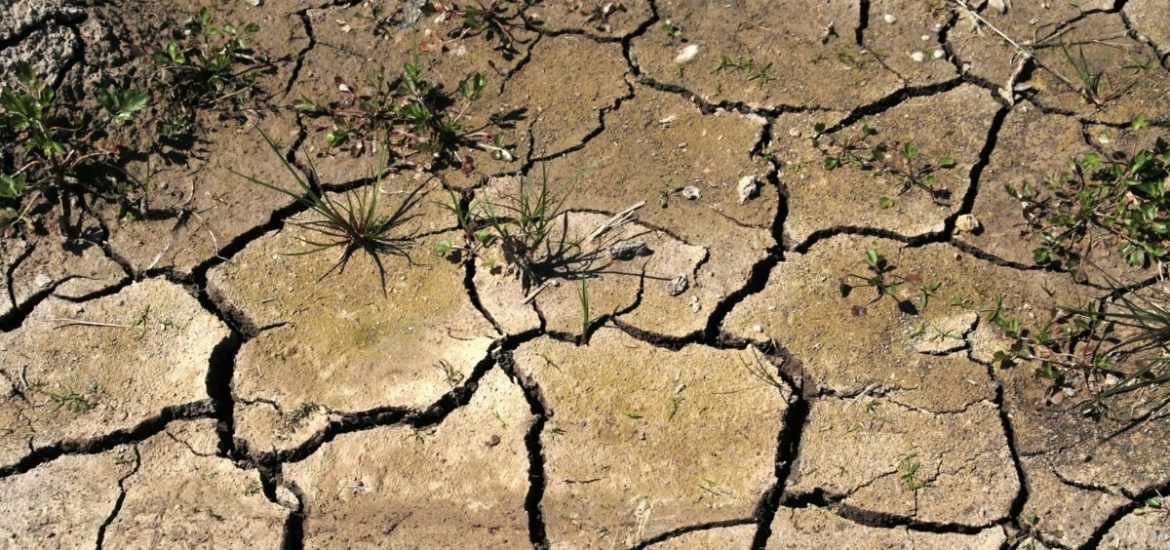
For the first time, an international team of researchers from the International Institute for Applied Systems Analysis near Vienna, Austria have shown a causal link between climatic change, conflict, and migration. The recent study published in the January edition of Global Environmental Change has provided “an empirical assessment of scientific evidence on the popular claim regarding the role of climate change on conflict and migration.”
Ongoing conflicts such as the Syrian uprising, which began in March 2011, have led the questions about whether climatic conditions are contributing to political unrest and civil war. The topic is widely discussed in the media. Climate change can affect crop productivity and water availability, which has historically led to the movement of people into cities and violence has frequently erupted over access to resources. However, according to the authors, no previous studies have empirically assessed the existing causal relationships between climate, conflict and migration.
The researchers examined data on asylum seeking applications for 157 countries over the period 2006–2015, obtained from the United Nations High Commissions for Human Rights (UNHCR), to study migration patterns. In addition, the Standardised Precipitation-Evapotranspiration Index (SPEI) ― which identifies the onset and end of droughts and their intensity, based on precipitation, evaporation, transpiration, and climatic conditions such as temperature ― was used to assess climate conditions in the asylum seekers’ countries of origin. Socioeconomic and geographic datasets including information on the distance between the country of origin and destination, population size, migrant network, the political status of the country, and ethnic and religious groups, were also incorporated. Then “gravity-type models” were used to first estimate the impact of climate on conflict and how conflict influences forced migration.
Under certain circumstances, climate conditions were found to indirectly lead to an increase in migration by causing conflict. The climate effect was shown to be particularly relevant in Asia during the Arab Spring from 2010–2012, a series of political uprisings that have led to ongoing civil wars in countries including Tunisia, Libya, Yemen, and Syria.
Based on this new analysis, the authors conclude that climate is a statistically significant factor contributing to asylum-seeking ― exclusively for countries affected by the Arab Spring ― by potentially increasing drought severity and the likelihood of armed conflict. Furthermore, the authors suggest that these concerns should be considered in the context of the UN Sustainable Development Goals (SDGs).
The authors attempted to disentangle the direct causal effects of climate change and the paper provides some interesting insights. However, migration is a highly complex process that can be indirectly affected by climate change via social, demographic, economic, and political factors, as well as environmental factors, such as rise in sea level, change in the frequency and intensity of tropical storms and cyclones, changes in rainfall patterns, and increases in temperature.
Moreover, climate-induced conflicts would not necessarily happen everywhere but are more likely to occur in countries with poor governance and unsustainable agricultural and environmental policies. In light of these complexities, further research will be needed to fully understand the role climate plays in the flow of migrants.
(1) Abel, G.J., et al. Climate, conflict and forced migration. Global Environmental Change (2019). DOI: 10.1016/j.gloenvcha.2018.12.003